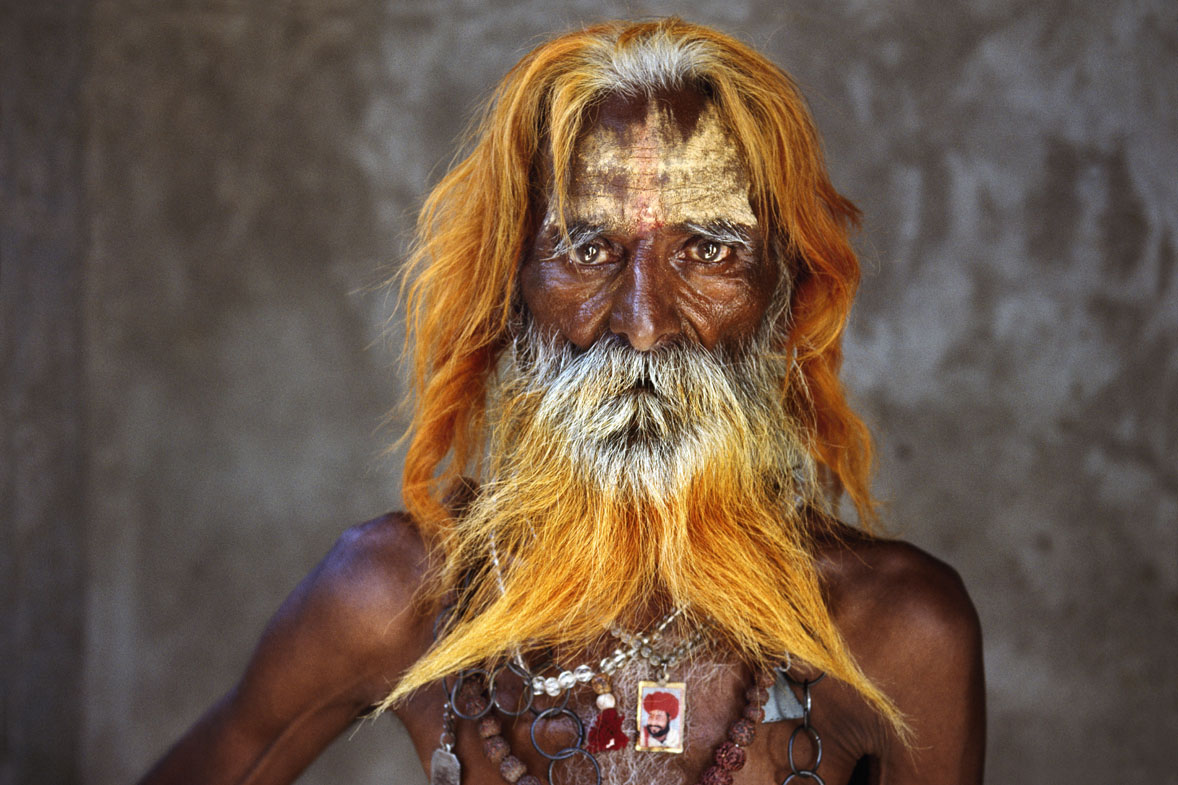
Photojournalism at the Crossroads is a series from Lightbox that takes a closer look at how photographers are creatively revisiting traditional ways of image making or using the latest digital technology to revitalize the genre and reach a wider audience.
When Steve McCurry heard that Kodak was to discontinue its legendary film, he asked the company if he could get the last roll off the assembly line. “I have 800,000 prints in my archive,” McCurry, the author of a number of iconic National Geographic cover photos, said, “and for 30 years Kodachrome had been my main film. It has informed how I have made pictures practically from Day One.”
“What was so special about it,” says McCurry, “was its archival quality and longevity. Kodachrome retained its color. The color in pictures from the ’50s is as true as when the picture was made. It had a wonderful color palette that interpreted what you saw in a true way. Other films were too vivid, too hyper. Kodachrome saw how my eye saw the scene.

Asked what he envisioned for the last roll, McCurry says, “I wanted to photograph iconic places and people, places I had worked in. I live in New York, so I shot there. I also went to India, where I had previously worked, to find something equally iconic. The pictures show actors — a tribe of nomads whose way of life was disappearing. Their culture was fading away, just like Kodachrome was going to become part of the past, and there was a connection in that way.”
For more from the series Photojournalism at the Crossroads

More Must-Reads from TIME
- Donald Trump Is TIME's 2024 Person of the Year
- Why We Chose Trump as Person of the Year
- Is Intermittent Fasting Good or Bad for You?
- The 100 Must-Read Books of 2024
- The 20 Best Christmas TV Episodes
- Column: If Optimism Feels Ridiculous Now, Try Hope
- The Future of Climate Action Is Trade Policy
- Merle Bombardieri Is Helping People Make the Baby Decision
Contact us at letters@time.com